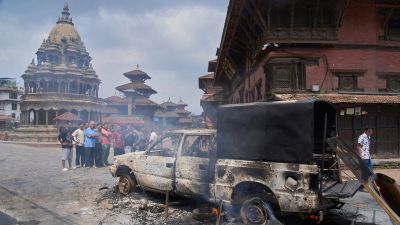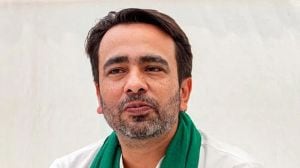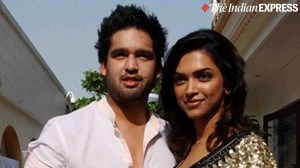New Lok Sabha will have most women MPs ever
Add this to the many stories being told about Verdict 2009. The number of women MPs elected to the new Lok Sabha....
Add this to the many stories being told about Verdict 2009. The number of women MPs elected to the new Lok Sabha is the highest since Independence: 59 out of 543. The number had never crossed 50 before the largest representation of women till now had been in the thirteenth Lok Sabha,49.
Before this verdict,the proportion of women MPs in the House had never crossed 10 per cent it stopped at 9.02 per cent in 1999. The first Lok Sabha had 4.4 per cent women; the sixth,in 1977,had the smallest proportion ever,3.5 per cent.
The BJP fielded the largest number of women candidates 44 to the Congresss 43. Twenty-three of the Congresss women candidates,however,won,much more than the BJPs 13.
Uttar Pradesh has contributed the most women members: 13. West Bengal is second,with seven.
Within the story of positive change,however,lies a story of continuity. There has been no change in the number of women candidates fielded by the major parties in recent elections,their number remaining under 1 in every 10 candidates. This time,the Congress fielded 43 women out of
440,BJP 44 out of 433. In 2004,the Congress list of 414 had 45 women; the BJP list of 364 only 30.
The CPM and CPI,parties that pride themselves on being more progressive than others,have done worse on this count.
In 2009,only six of the CPMs 82 candidates (7.3 per cent) and four of the CPIs 56 (7.1 per cent) were women. Five years ago,the numbers were eight out of 69 (11.6 per cent) and two out of 33 (6 per cent).
This is how other parties fared in 2009: the SP gave tickets to 15 women out of 165 candidates (9 per cent),and the BSP,28 out of 500 (5.5 per cent). For Tamil Nadu rivals DMK and AIADMK,the figure was 9 per cent. It is 4.5 per cent for the RJD,nearly 10 per cent for the NCP,and 20 per cent for the Shiromani Akali Dal.
Most parties say women candidates are low on the winnability factor. But in the five Lok Sabha elections since 1996,the winnability of women candidates has been an average 12.5%,against 8.3% for men.
Photos



- 01
- 02
- 03
- 04
- 05



























